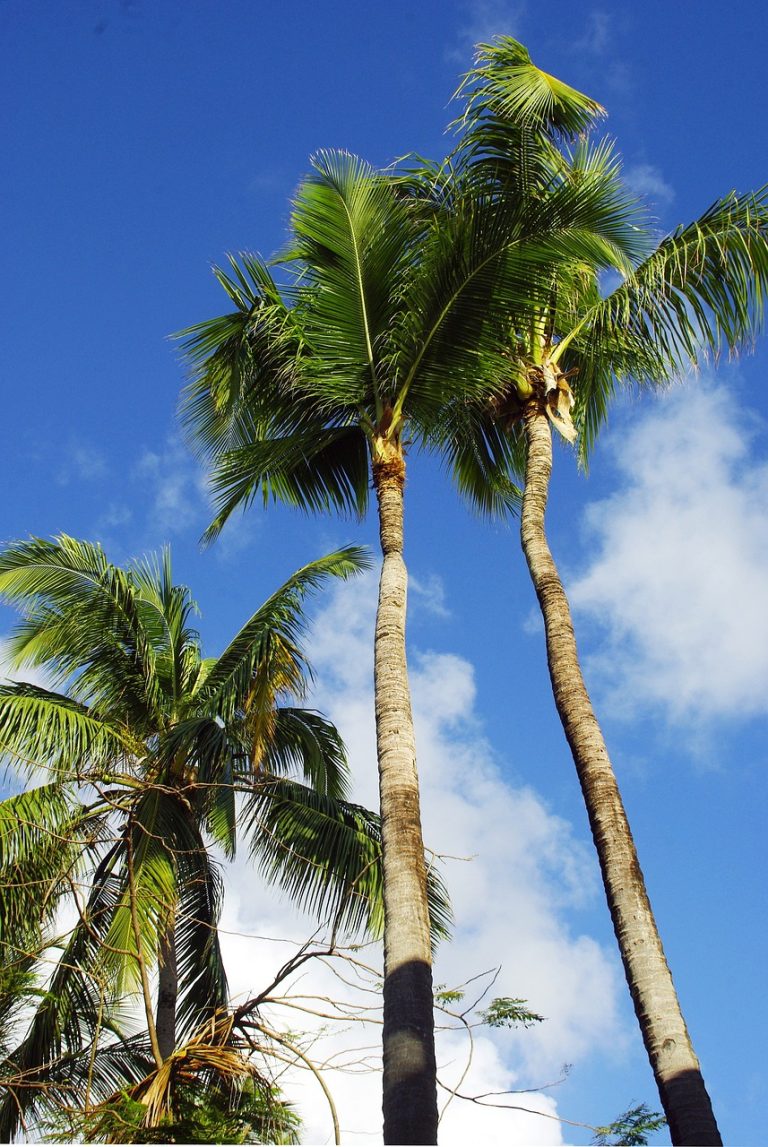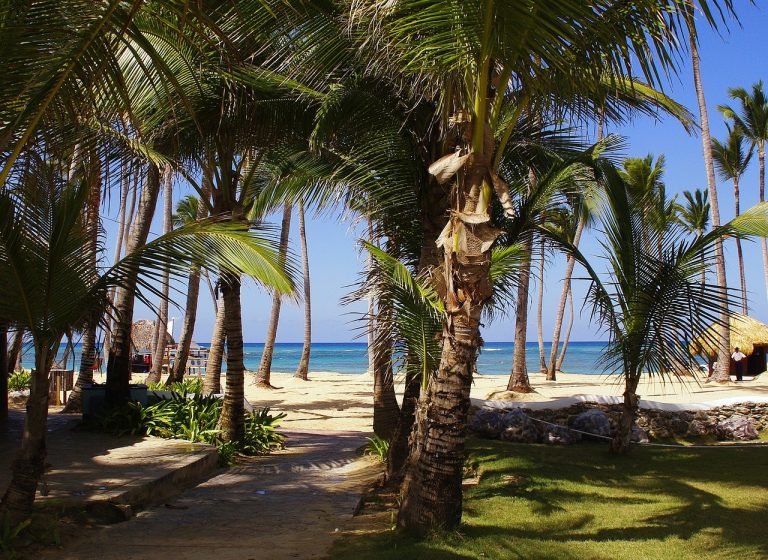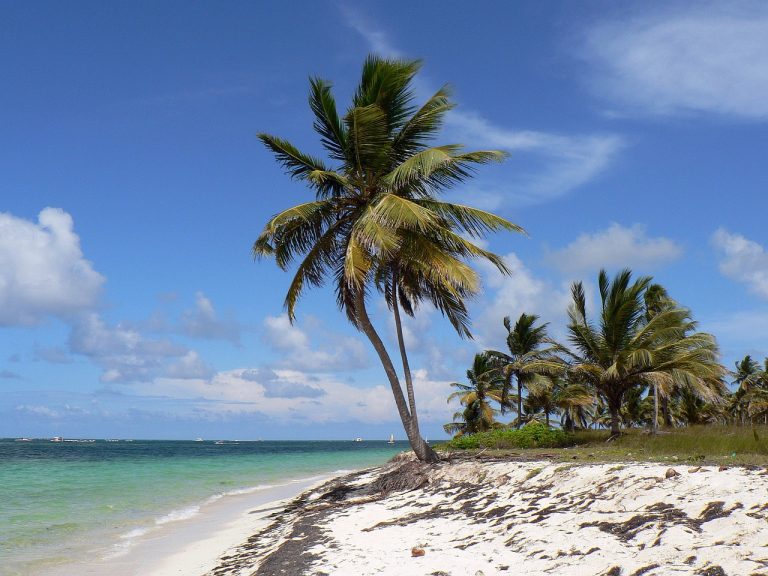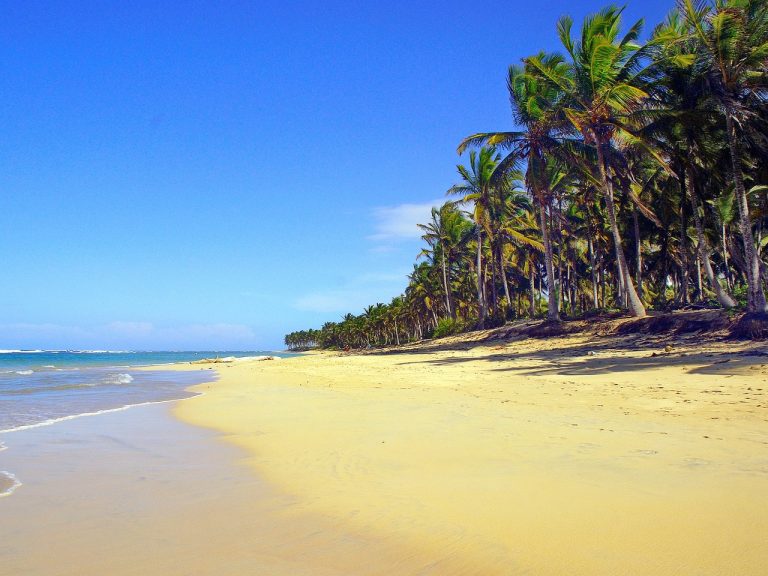Punta Cana Dominican Republic Video
The Cultural Evolution of Punta Cana Dominican Republic
Punta Cana, located in the easternmost part of the Dominican Republic, is known for its stunning beaches, luxurious resorts, and vibrant nightlife. However, beyond its beautiful landscapes and tourist attractions, Punta Cana has a rich cultural history that has evolved over the years. This article explores the cultural evolution of Punta Cana, highlighting its traditions, music, cuisine, and more.
Indigenous Roots
- Taino Influence: The Taino people were the original inhabitants of the Dominican Republic, and their influence can still be seen in Punta Cana’s culture today. From traditional crafts to artwork, the Taino heritage is celebrated and preserved.
- Taino Rituals and Ceremonies: The Taino people had various rituals and ceremonies that were an integral part of their culture. These included dances, music, and religious practices that celebrated nature and their ancestral spirits.
- Taino Cuisine: Traditional Taino cuisine consisted of cassava, fruits, seafood, and root vegetables. Some of these dishes have been incorporated into modern Dominican cuisine and can still be enjoyed in Punta Cana.
Colonial Influences
- Spanish Architecture: During the colonial period, the Spanish brought their architectural style to Punta Cana. Buildings with colorful facades, balconies, and courtyards can still be found in the area, showcasing the influence of Spanish colonialism.
- Catholicism: The Spanish also introduced Catholicism to the Dominican Republic, which became a dominant religion. Many churches and religious festivals can be found in Punta Cana, reflecting the strong influence of Catholicism on the local culture.
- Language: Spanish is the official language of the Dominican Republic, and it plays a significant role in shaping the cultural identity of Punta Cana. Visitors can immerse themselves in the local culture by learning a few basic Spanish phrases.
Punta Cana Dominican Republic Image 1: 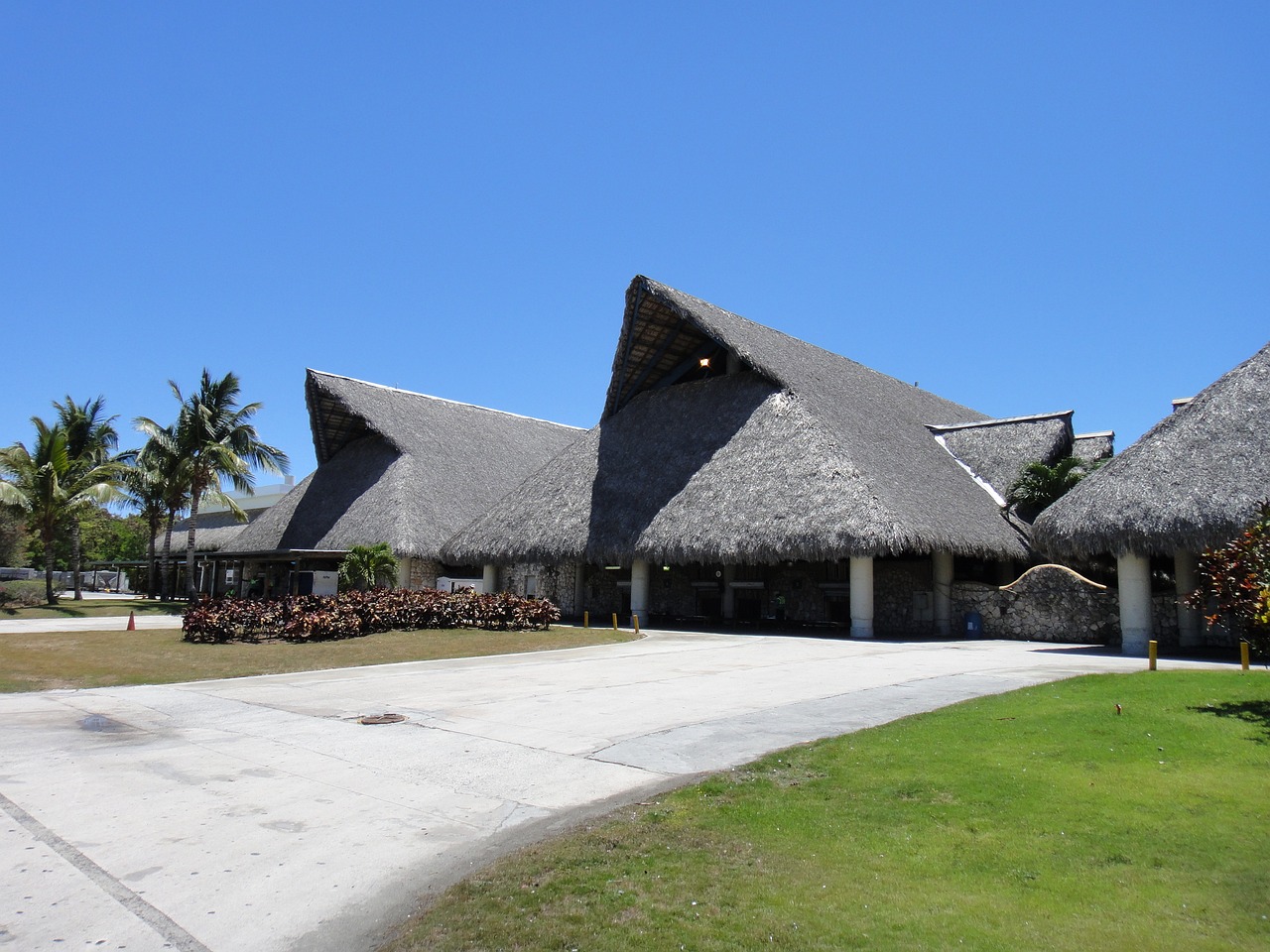
Music and Dance
- Merengue: Merengue is the national dance and music genre of the Dominican Republic. Its upbeat rhythms and lively movements are a significant part of Punta Cana’s cultural scene. Visitors can enjoy merengue performances and even take dance lessons to immerse themselves in the local culture.
- Bachata: Bachata is another popular music genre in the Dominican Republic. Originating from the rural areas, it has gained widespread popularity and is often played in Punta Cana’s bars and clubs. Bachata music often tells stories of love and heartbreak.
- Traditional Folk Music: Punta Cana also embraces traditional folk music, which showcases the region’s cultural diversity. Instruments like the güira, tambora, and accordion are commonly used in these performances.
Local Cuisine
- Mangu: Mangu is a traditional Dominican breakfast dish made from mashed plantains, typically served with fried cheese, salami, and eggs. It is a staple dish in Punta Cana and provides a taste of the local cuisine.
- Seafood: Given its coastal location, Punta Cana offers an abundance of fresh seafood. From grilled fish to shrimp dishes, visitors can indulge in the flavors of the Caribbean Sea.
- Mofongo: Mofongo is a popular dish made from fried and mashed plantains, mixed with garlic, pork cracklings, and other ingredients. It is a must-try dish that reflects the fusion of African, Spanish, and Taino influences in Dominican cuisine.
Punta Cana Dominican Republic Image 2: 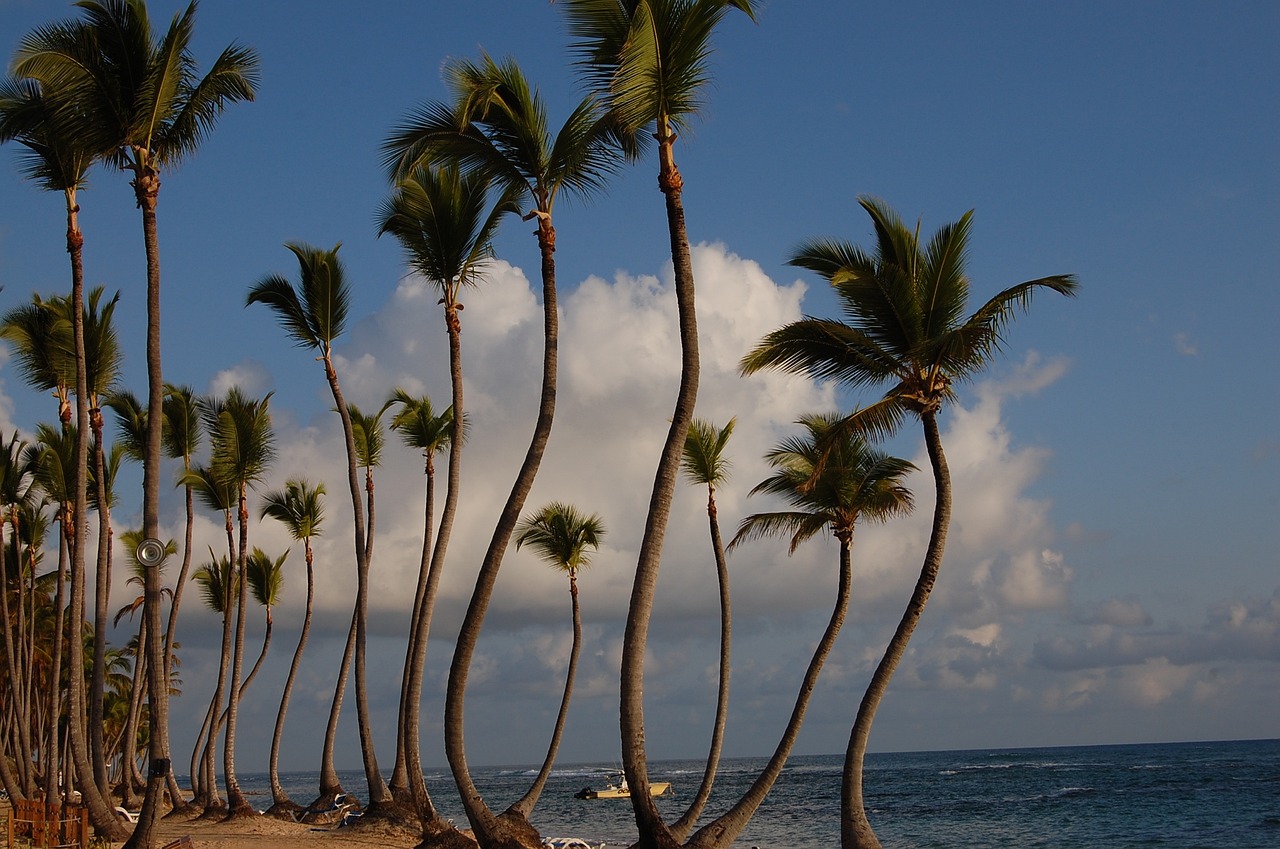
Traditional Festivals
- Carnival: Carnival is a vibrant and colorful festival celebrated throughout the Dominican Republic. Punta Cana hosts its own version of Carnival, featuring parades, music, dancing, and elaborate costumes.
- Feast of San Dionisio: The Feast of San Dionisio is a religious celebration held in Higüey, near Punta Cana. It honors the patron saint of the city and includes processions, music, and traditional dances.
- Independence Day: Dominicans celebrate Independence Day on February 27th every year. Patriotic events, such as parades and fireworks, take place in Punta Cana as part of the nationwide celebrations.
Art and Crafts
- Amber Jewelry: The Dominican Republic is known for its high-quality amber, and Punta Cana offers a variety of shops and markets where visitors can purchase unique amber jewelry and crafts.
- Handwoven Crafts: Local artisans in Punta Cana create beautiful handwoven crafts, including baskets, hats, and bags, using natural materials like palm leaves and fibers.
- Paintings and Art Galleries: Punta Cana boasts a vibrant art scene, with local artists showcasing their works in galleries and exhibitions. Visitors can explore and purchase unique paintings that capture the essence of the region.
Punta Cana Dominican Republic Image 3: 
Environmental Conservation
- Protected Areas: Punta Cana is committed to preserving its natural beauty and has designated several protected areas, including ecological reserves and national parks. These areas provide opportunities for eco-tourism and showcase the region’s diverse flora and fauna.
- Coral Reef Conservation: The coral reefs surrounding Punta Cana are home to a wide range of marine life. Efforts are being made to protect and restore these delicate ecosystems through initiatives such as coral gardening and sustainable diving practices.
- Beach Clean-Up Initiatives: Various organizations and local communities in Punta Cana organize beach clean-up events to maintain the pristine condition of the beaches and raise awareness about the importance of environmental conservation.
Conclusion
Punta Cana’s cultural evolution is a fascinating blend of indigenous traditions, colonial influences, and modern developments. From its indigenous roots and Spanish colonial heritage to its vibrant music, delicious cuisine, and traditional festivals, Punta Cana offers a rich cultural experience for visitors. The preservation of cultural traditions and the commitment to environmental conservation make Punta Cana a unique destination that showcases the best of the Dominican Republic’s cultural heritage.
References
– dominicanrepublic.com
– godominicanrepublic.com
– puntacana.com




